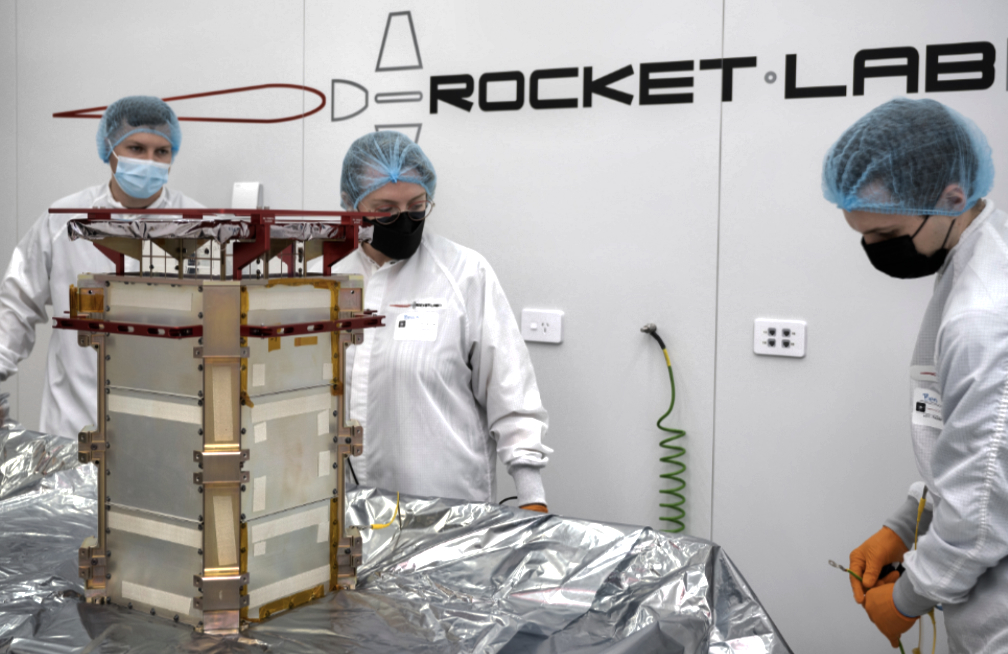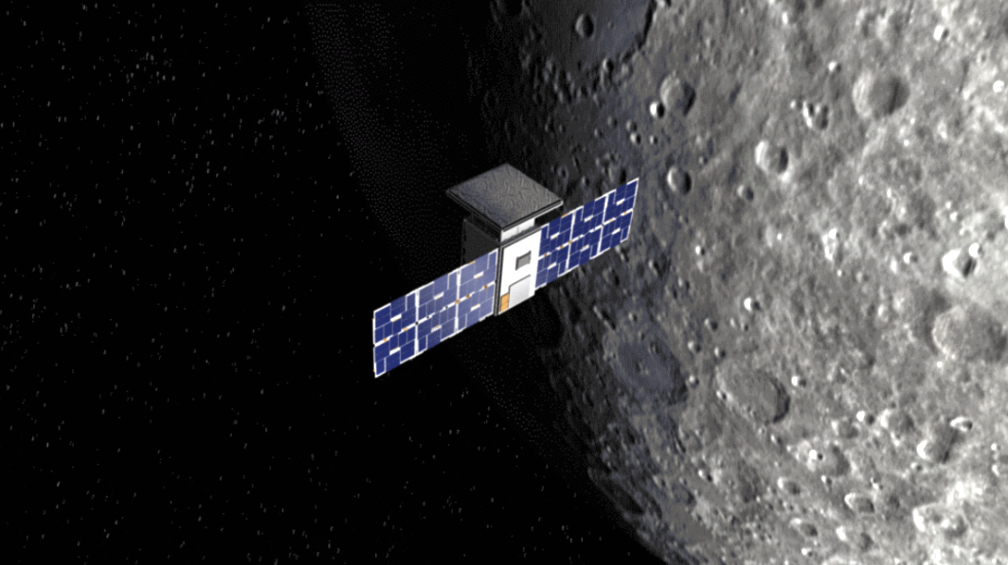
Rocket Lab will launch the CAPSTONE cubesat to the Moon, with the event window now set for June 28th at 09:55, UTC.
This historic pathfinding mission supports NASA’s Artemis program which will land the first woman and first person of color on the Moon.

Using the company’s Electron rocket and new Lunar Photon upper stage, Rocket Lab will inject the Cislunar Autonomous Positioning System Technology Operations and Navigation Experiment (CAPSTONE) cubesat to a highly efficient transfer orbit to the Moon.

CAPSTONE is owned and operated by Advanced Space in Westminster, Colorado, for NASA.

CAPSTONE’s primary objective is to test and verify the calculated orbital stability of a Near Rectilinear Halo Orbit around the Moon, the same orbit planned for Gateway. NASA’s Gateway is a small space station that will orbit around the Moon to provide astronauts with access to the lunar surface and will feature living quarters for astronauts, a lab for science and research and ports for visiting spacecraft.

CAPSTONE will also test a navigation system developed by Advanced Space that will measure its absolute position in cislunar space using interaction with NASA’s Lunar Reconnaissance Orbiter without relying on ground stations for navigation support.

CAPSTONE is one of the first steps to learn how to operate more robust missions in this unique orbit, thus laying the groundwork for future exploration of our solar system.

Original posting…
Rocket Lab is targeting no earlier than 09:50 UTC on June 27th for the launch of CAPSTONE, a dedicated mission to lunar orbit. The launch will occur from Rocket Lab Launch Complex 1, Pad B, on New Zealand’s Mahia Peninsula.
The Cislunar Autonomous Positioning System Technology Operations and Navigation Experiment (CAPSTONE) cubesat will be the first spacecraft to test the Near Rectilinear Halo Orbit (NRHO) around the Moon. Researchers expect this orbit to be a gravitational sweet spot in space – where the pull of gravity from Earth and the Moon interact to allow for a nearly-stable orbit – allowing physics to do most of the work of keeping a spacecraft in orbit around the Moon. NASA has big plans for this unique type of orbit.
The agency hopes to park bigger spacecraft – including the lunar-orbiting space station Gateway – in an NRHO around the Moon, providing astronauts with a base from which to descend to the lunar surface as part of the Artemis program.

CAPSTONE will be launched to an initial LEO by Rocket Lab’s Electron launch vehicle and then placed on a ballistic lunar transfer by Rocket Lab’s Lunar Photon spacecraft bus.
Unlike the Apollo lunar missions of the 1960s and 70s, which took a free return trajectory to the Moon, this fuel efficient, ballistic, lunar transfer makes it possible to deploy CAPSTONE to such a distant orbit using a small launch vehicle. Standing at just 59 feet tall, Electron is the smallest rocket to attempt a launch to the Moon.
This launch is not a recovery mission.

Watch Live: Rocket Lab will be hosting a launch webcast in collaboration with NASA. The webcast will be available approximately 45 minutes prior to the target T-0 time at this direct link and on NASA TV.

Illustration by NASA/Daniel Rutter
